#clearwing moths
Text
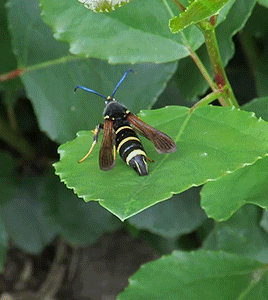
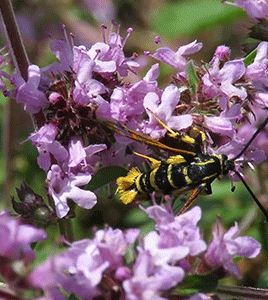
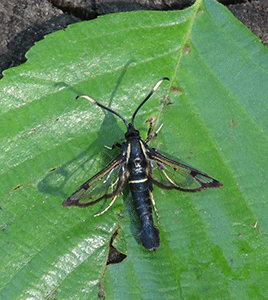
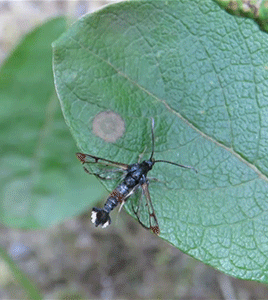
Clearwing moths are a family of moths known for their Batesian mimicry of various Hymenoptera including wasps, hornets, and bees. Their large size and hovering movements mean that they're also often mistaken for hummingbirds.
©JanV
353 notes
·
View notes
Photo
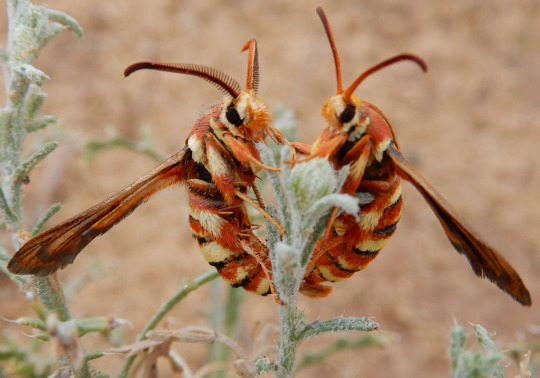
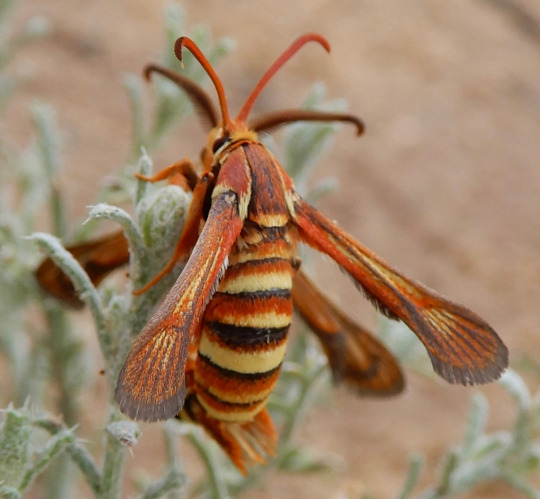


Wasp-mimic clearwing moth, Euhagena emphytiformis, Sesiidae
Found in the United States
Photo 1 by ellen5
#animals#curators on tumblr#insects#bugs#moth#clearwing moth#wasp mimic clearwing moth#mimicry#one nice bug
11K notes
·
View notes
Text



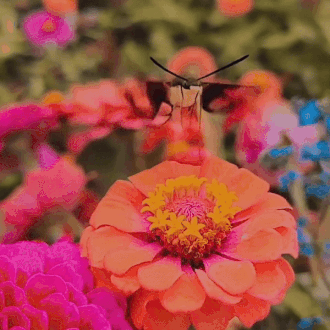
hummingbird clearwing moth (hemaris thysbe) | moanrchmanorfl on ig
#stim#moths#nature#bugs#sfw#pink#orange#brown#black#blue#insects#i believe this is a hummingbird clearwing moth but i'm not 100% sure so plz let me know if i'm wrong#animals#flowers#plants#hummingbird clearwing moth#hemaris thysbe#wings#ishy gifs#postish
3K notes
·
View notes
Text
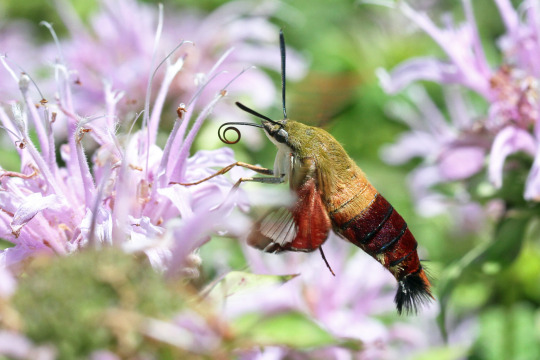
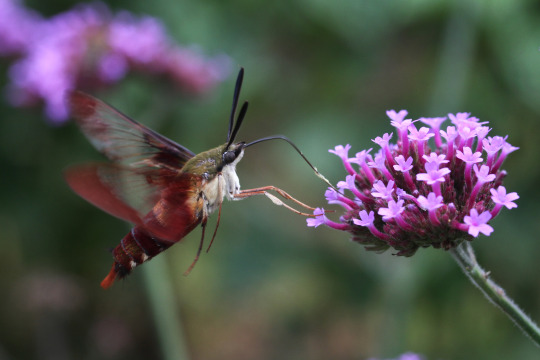

Fond of pink
Hummingbird Clearwing moths (Hemaris thysbe)
Midsummer 2023
Southeastern Pennsylvania
#moth#moths#photographers on tumblr#Hemaris thysbe#hummingbird moth#hummingbird clearwing#bugs#bug#bugblr#entomology#insects#insect#lepidoptera#nature#animals#pink
3K notes
·
View notes
Text
Moth Of The Day #287
SIx-belted Clearwing
Bembecia ichneumoniformis
From the sesiidae family. They have a wingspan of 15-24 mm. They inhabit chalk and coastal grassland with grassy swards, rough upland fields, embankments, quarries and cliffs. They can be found in most of Europe and Asia Minor, the Caucasus, northern Iran and the Near East.

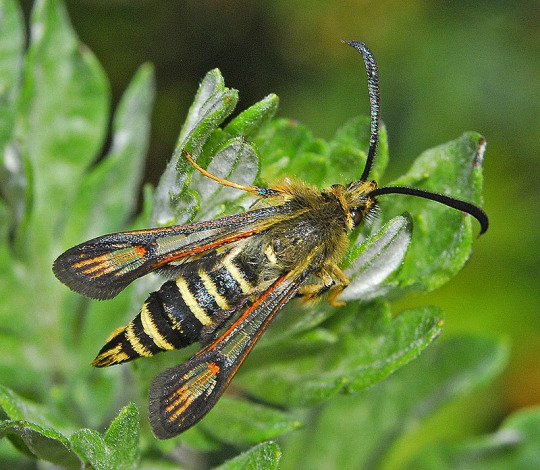
Image sources: [1] [2]
#moth#moths#lepidopterology#lepidoptera#nature#pretty moth#bugs#insect#moth of the day#motd#lepidoptery#entomology#insects#invertebrates#bugblr#bug#six belted clearwing#six-belted clearwing#six belted clearwing moth#bembecia ichneumoniformis#sesiidae#sesiidae moth
265 notes
·
View notes
Text

Snowberry Clearwing Moth (Hemaris diffinis) caterpillar, family Sphingidae, Austin, TX, USA
photograph by Laura Wimberley
#clearwing moth#sphinx moth#moth#sphingidae#hemaris#lepidoptera#insect#entomology#animals#nature#north america
183 notes
·
View notes
Text
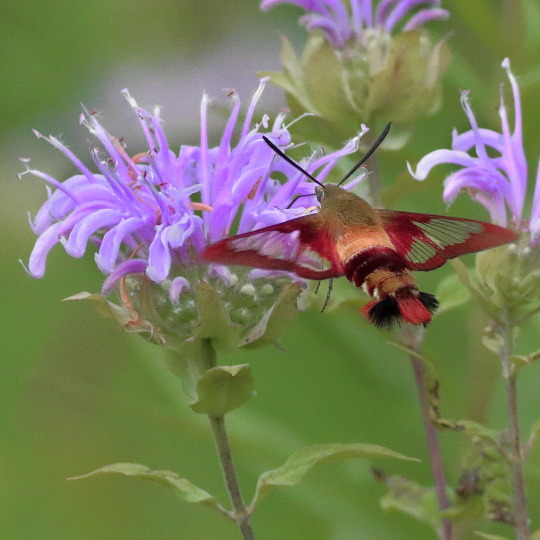
A Hummingbird Clearwing moth is a rare and amazing insect to see.
Not only is it just about as big as a hummingbird and behaves in much the same manner - floating in the air as they do, but if you look closely, its wings are indeed, clear.
Amazingly, even in flight you can see right through them.
Watching one is mesmerizing.
#midwest#summertime#moths#hummingbird clearwing moth#insects#wildlife#wildlife photography#insect#nature photography#insect photography#wildlife photos#bee balm#flying insects#insectblr
478 notes
·
View notes
Text
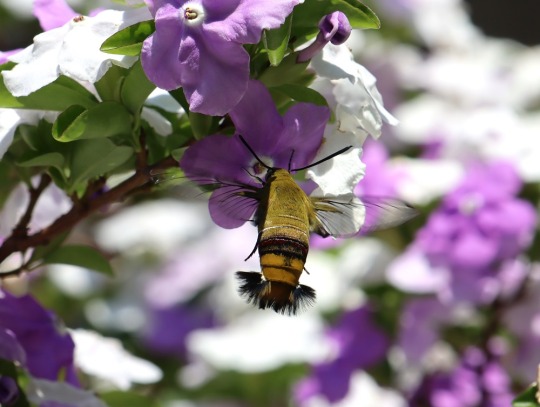
ニオイバンマツリの花でオオスカシバが吸蜜してた(5月8日)
yesterday-today-tomorrow or kiss me quick (Brunfelsia latifolia) and a coffee bee hawkmoth, pellucid hawk moth or coffee clearwing (Cephonodes hylas)
#Brunfelsia latifolia#Cephonodes hylas#yesterday-today-tomorrow#kiss me quick#flowers#kwiaty#花#japan#coffee bee hawkmoth#pellucid hawk moth#coffee clearwing#moth#hawkmoth#ćma#owady#insects#bugs#オオスカシバ#ニオイバンマツリ
81 notes
·
View notes
Photo

Moth Girl
3K notes
·
View notes
Photo
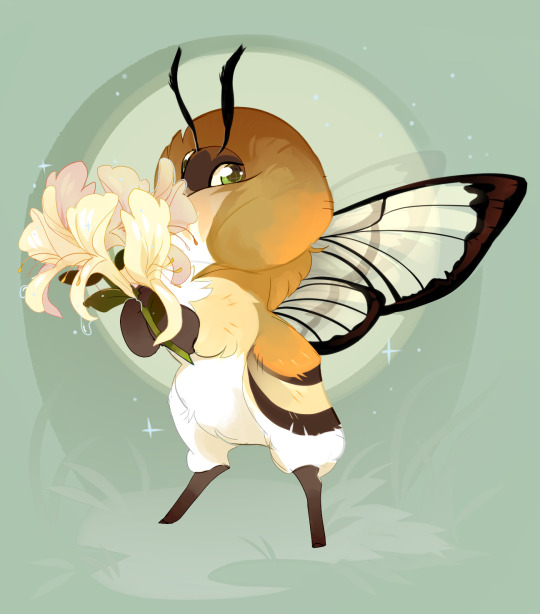
A Snowberry clearwing moth person with a bouquet of fragrant honeysuckle for a client!
751 notes
·
View notes
Text
The Oriental Blue Clearwing Moth: these moths were regarded as a "lost species" for more than 130 years, until they were finally sighted again in 2013
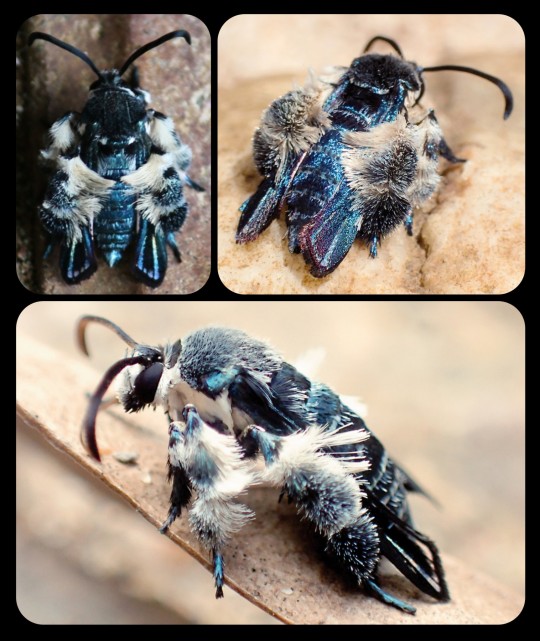
For more than 130 years, the Oriental blue clearwing moth (Heterosphecia tawonoides) was known only from a single, badly damaged specimen that was collected in Sumatra in 1887. There were no recorded sightings of this species again until 2013, when entomologist Dr. Marta Skowron Volponi unexpectedly found the moths feeding on salt deposits that had accumulated along the riverbanks in Malaysia's lowland rainforest.

These moths were observed by researchers again in 2016 and 2017, and research indicates that the moths are actually bee-mimics, as they mimic the appearance, sound, behavior, and flight patterns of local bees. Their fuzzy, bright blue appearance might seem a little out of place for a bee-mimic, but those features do appear in several different bee species throughout Southeast Asia.
When the moths are in flight, they bear a particularly strong resemblance to the bees of the genus Thyreus (i.e. cuckoo bees, otherwise known as cloak-and-dagger bees), several of which are also bright blue, with banded markings, dark blue wings, fuzzy legs, and smooth, rounded antennae. The physical resemblance is compounded by the acoustic and behavioral mimicry that occurs when the moths are in flight.
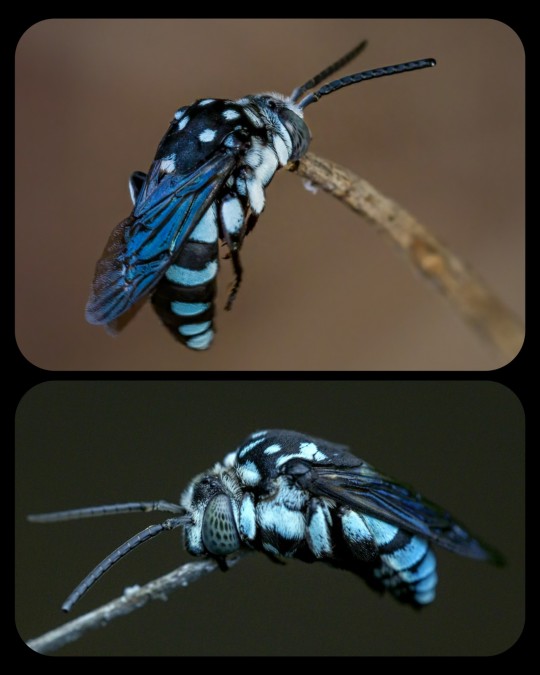
Cloak-and-Dagger Bees: the image at the top shows an Indo-Malayan cloak-and-dagger bee (Thyreus novaehollandiae) in a sleeping position, holding itself upright with its mandibles clamped onto a twig, while the image at the bottom shows a Himalayan cloak-and-dagger bee (T. himalayensis) resting in the same position
The moths also engage in "mud-puddling" among the various bees that congregate along the riverbanks; mud-puddling is the process whereby an insect (usually a bee or a butterfly) draws nutrients from the fluids found in puddles, wet sand, decaying plant matter, carrion, animal waste, sweat, tears, and/or blood. According to researchers, the Oriental blue clearwing moth was the only lepidopteran that was seen mud-puddling among the local bees.
Dr. Skowron Volponi commented on the unusual appearance and behavior of these moths:
You think about moths and you envision a grey, hairy insect that is attracted to light. But this species is dramatically different—it is beautiful, shiny blue in sunlight and it comes out during the day; and it is a master of disguise, mimicking bees on multiple levels and even hanging out with them. The Oriental blue clearwing is just two centimeters in size, but there are so many fascinating things about them and so much more we hope to learn.
This species is still incredibly vulnerable, as it faces threats like deforestation, pollution, and climate change. The president of Global Wildlife Conservation, which is an organization that seeks to rediscover "lost species," added:
After learning about this incredible rediscovery, we hope that tourists visiting Taman Negara National Park and picnicking on the riverbanks—the home of these beautiful clearwing moths—will remember to tread lightly and to take their trash out of the park with them. We also recommend that Americans learn about palm oil production, which is one of the primary causes of deforestation in Malaysia.
Sources & More Info:
Phys.org: Bee-Mimicking Clearwing Moth Buzzes Back to Life After 130 Years
Mongabay News: Moth Rediscovered in Malaysia Mimics Appearance and Behavior of Bees to Escape Predators
Journal of Tropical Conservation Science: Lost Species of Bee-Mimicking Clearwing Moth, H. tawonoides, Rediscovered in Peninsular Malaysia's Primary Rainforest
Frontiers in Zoology: Southeast Asian Clearwing Moths Buzz like their Model Bees
Royal Society Publishing: Moving like a Model - mimicry of hymenopteran flight trajectories by clearwing moths of Southeast Asian rainforests
Medium: Rediscovery in a Glint of Blue
re:wild.org: The "Search for Lost Species" Project
#lepidoptera#moths#heterosphecia tawonoides#oriental blue clearwing moth#entomology#insects#cute bugs#nature#animals#lost species#mimicry#evolution#bees#southeast asia#Malaysia#colorful moths#bee mimic#science
79 notes
·
View notes
Photo



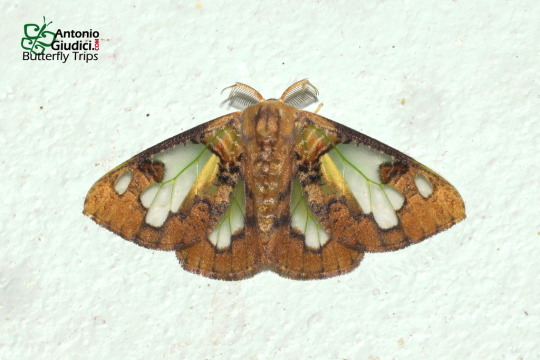

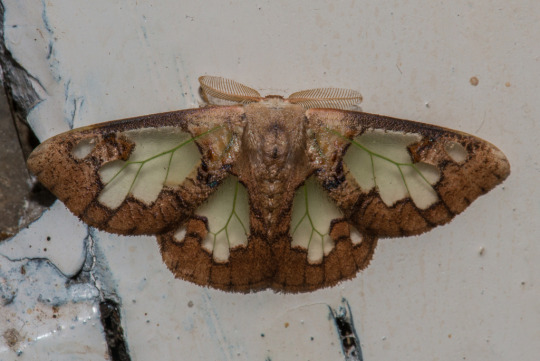


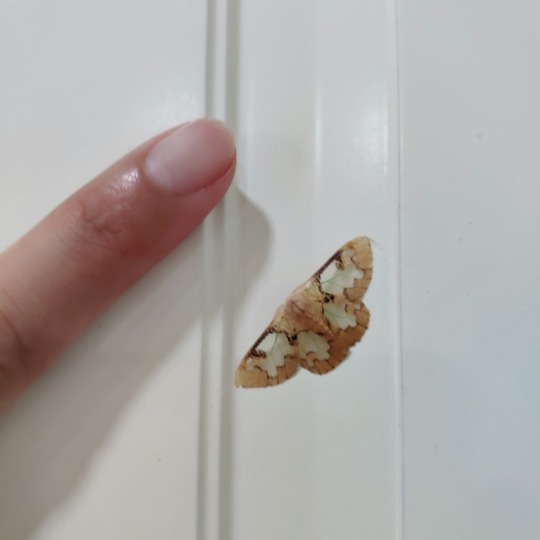
Clearwing tussock moth, Carriola ecnomoda, Lymantriinae
Found in Southeast Asia
Photo 1 by leptonia, 2 by rejoicegassah, 3 by dhfischer, 4 by antoniogiudici, 5 by mark027, 6-8 by ivijayanand, and 9 for scale by soooonchye
#animals#curators on tumblr#insects#bugs#moth#tussock moth#clearwing tussock moth#Carriola ecnomoda#one nice bug#camouflage
8K notes
·
View notes
Text

Hummingbird clearwing moth.
(Photo: Ducks Unlimited Canada)
#ducks unlimited canada#canada#photographer#canadian geographic#hummingbird clearwing moth#moth#nature#insect
107 notes
·
View notes
Text

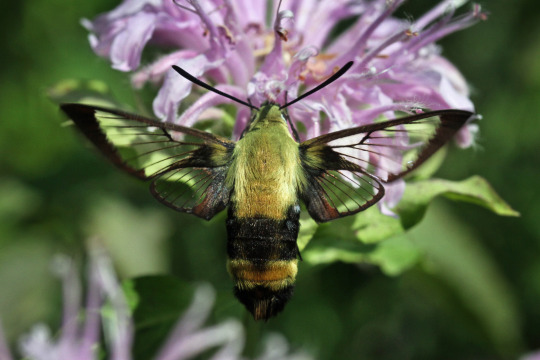

Hummingbird moth time of year!
Snowberry Clearwing (Hemaris diffinis)
July 11, 2023
John Heinz National Wildlife Refuge, Tinicum, Pennsylvania
#bug#bugs#photographers on tumblr#Hemaris diffinis#snowberry clearwing moth#bugblr#entomology#insects#insect#lepidoptera#nature#animals#moth#moths
1K notes
·
View notes
Note
have you done the snowberry clearwing yet? they are one of my favorites!
Moth Of The Day #296
Snowberry Clearwing
Hermaris diffinis
From the sphingidae family. They have a wingspan of 32-51 mm. They can be found across North America.
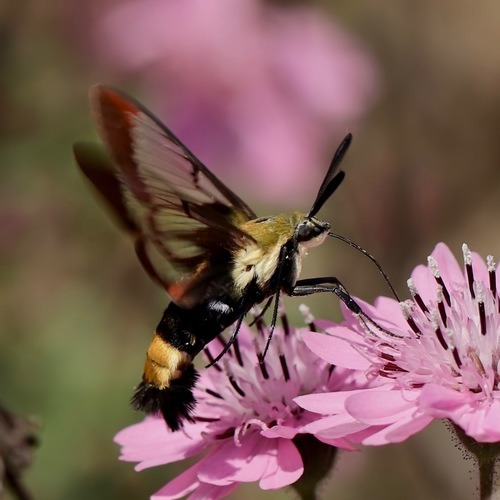
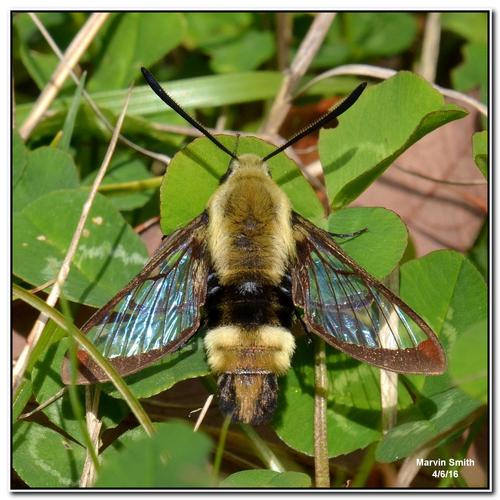
Image sources: [1] [2]
#moth#moths#lepidopterology#lepidoptera#nature#pretty moth#bugs#insect#moth of the day#motd#lepidoptery#entomology#insects#bugblr#invertebrates#bug#snowberry clearwing#snowberry clearwing moth#hemaris diffinis#sphingidae#sphingidae moth
343 notes
·
View notes
Text
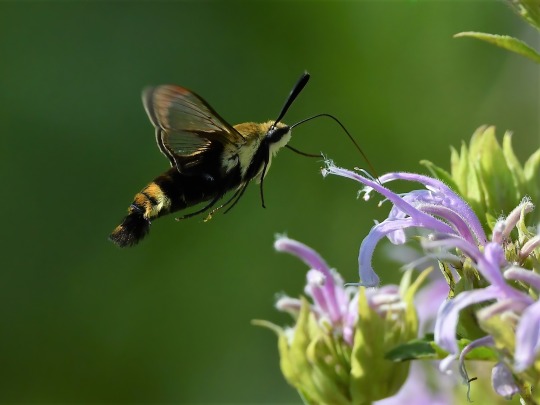

Snowberry Clearwing, Hemaris diffinis, family Sphingidae, Ohio, USA
photographs by Gayle Pille
440 notes
·
View notes